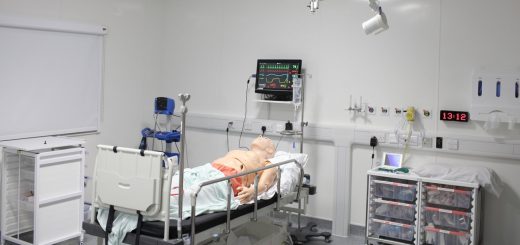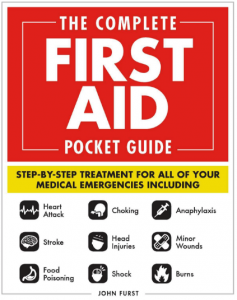Chest compression only resuscitation (CPR)
A cardiac arrest occurs when the heart suddenly stops beating. When an adult casualty suffers a cardiac arrest, it is likely that there is residual oxygen left in the blood stream.
Cardiopulmonary resuscitation is used to keep the vital organs alive until the arrival of a defibrillator. Normally, CPR is made up of chest compressions and rescue breaths in a 30:2 ratio for adult victims.
If you are unable (or unwilling) to give rescue breaths, give ‘chest compressions only’
resuscitation, as this will circulate any residual oxygen in the blood stream, so it is better
than no CPR at all.
> If chest compressions only are given, these should be continuous at a rate of 100 – 120 per minute.
> Stop to recheck the casualty only if they start breathing normally – otherwise do not interrupt resuscitation.
> If there is more than one rescuer, change over every two minutes to prevent fatigue. Ensure the minimum of delay as you change over.
Delivering chest compression only resuscitation can be lifesaving and will give the patient a much better chance of survival than no CPR being performed at all.
Effective chest compressions involve equal compression and release of the chest. Each chest compression should be delivered to a depth of 5 – 6cm in the middle of the chest (over the sternum – breastbone). It is normal for ribs to be broken when delivering CPR – do not stop chest compressions if this occurs.





